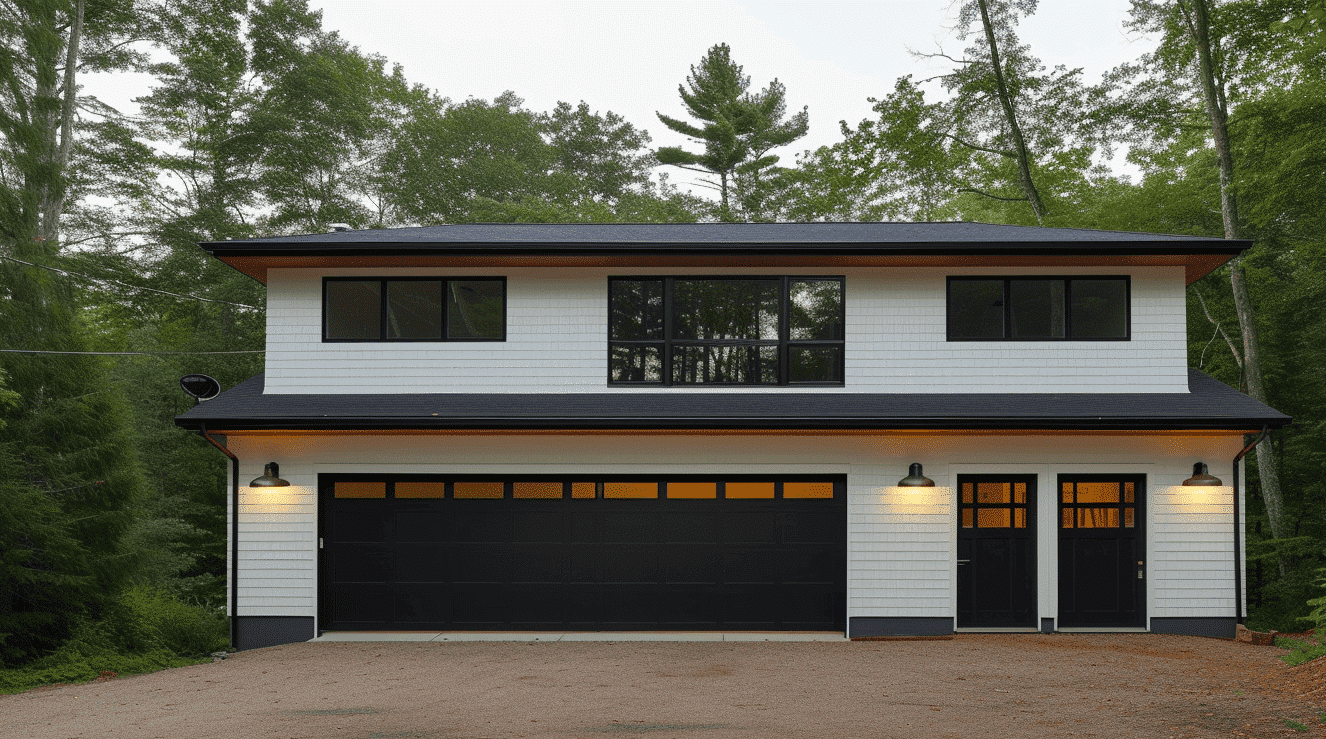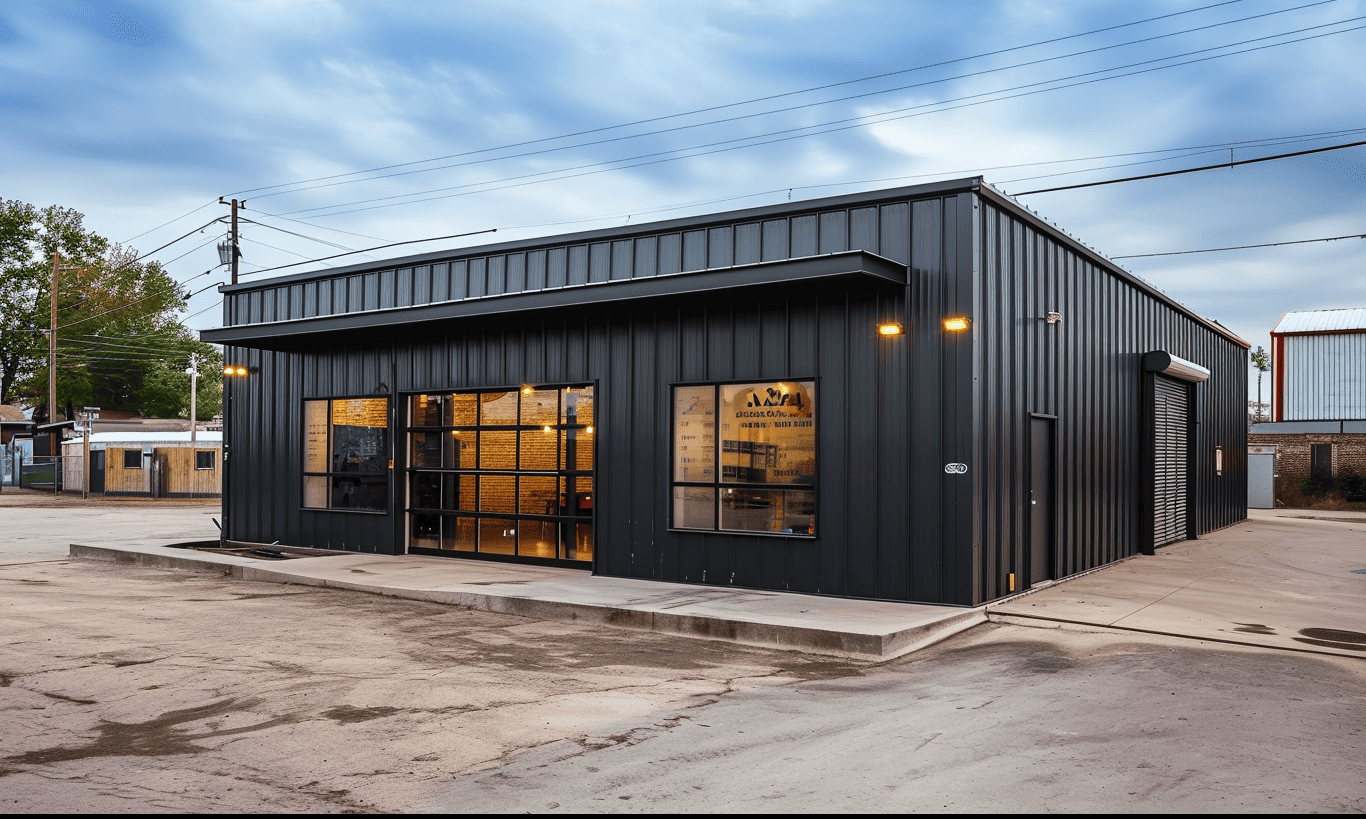Navigating the realm of wetland regulations often feels akin to untangling a complex web, especially when the goal is to construct structures like steel buildings near water bodies. With increased awareness around environmental conservation, stringent regulations are now in place to protect these ecologically sensitive areas. Yet, these regulations shouldn’t deter builders but rather guide them towards more sustainable practices. How can businesses strike a balance between construction dreams and environmental responsibilities? Let’s dive into the core of wetland regulations and explore how they influence building projects near water bodies.
Understanding Wetland Regulations
Wetlands, often referred to as the “kidneys of the landscape,” play a critical role in maintaining our environment’s health. They filter pollutants, reduce flooding, support biodiversity, and serve as critical habitats for various species. Recognizing their importance, governments worldwide have established comprehensive wetland regulations to conserve these vital ecosystems.
In Canada, the Government of Canada – Wetland Regulations sets standards and guidelines for interactions and development near these areas. This policy requires potential builders to undergo rigorous assessments and obtain permits before initiating any construction projects.
Permitting: A Crucial Step
One of the first steps in navigating wetland regulations is acquiring the necessary permits. Builders must submit detailed plans outlining the potential impact on the wetland, proposed mitigation measures, and compliance with local and national regulations. Having a thumb on the pulse of Permits and Local Building Codes is not just essential; it’s mandatory. These regulations ensure actions are taken to minimize environmental impact, uphold seasonal limitations, and avoid disturbing native species’ habitats.
As more industries strive towards sustainability, acquiring these permits becomes feasible by working closely with relevant authorities and ecologists. Doing so can lead to innovative solutions that accommodate both operational goals and environmental safeguard measures.
The Role of Stormwater Management Codes
When it rains, it pours—or so the saying goes. However, in areas near wetlands, this can result in uncontrolled runoff and potential contamination of these sensitive water bodies. Therefore, it’s crucial to adhere to comprehensive Stormwater management codes. These codes encompass guidelines to mitigate runoff impacts, employing strategies such as green roofs, permeable pavements, and stormwater ponds.
With these codes in place, builders can design metal structures that responsibly manage water flow without undermining the delicate balance in wetland ecosystems. Understanding the synergy between construction needs and environmental constraints can not only enhance project outcomes but also elevate a business’s reputation as an environmentally responsible entity.
Strategic Design Considerations for Metal Structures
The allure of metal structures, especially in areas like Ontario, is undeniable. Their durability, versatility, and sustainability make them a preferred choice for many businesses. But how do they fit into the framework of wetland regulations? In places like Ontario, adhering to specific standards metal structures Ontario becomes integral to building projects near wetlands.
Designing these structures requires balancing operational needs with environmental safeguards—essentially, a dance between industrial intent and natural preservation. Employing features like elevated platforms and efficient runoff systems can help mitigate environmental impact, ensuring these metal marvels coexist harmoniously with their surroundings.

Mitigation Measures and Eco-Friendly Innovations
Innovation often arises from necessity, and in the world of wetland-constrained construction, resourceful solutions are pivotal. Beyond adhering to strict legislation, there’s a growing trend among builders to take additional steps. Implementing advanced wastewater management systems and using eco-friendly materials can minimize environmental footprints.
Moreover, integrating bioretention areas or constructed wetlands within the design can act as natural water treatment systems, enhancing the site’s function and contributing to local biodiversity. By transforming constraints into creative opportunities, builders can champion conservation efforts while fulfilling construction objectives.
Challenges of Compliance and Strategic Planning
Embracing wetland regulations requires a dynamic approach laden with challenges like fluctuating policies, public scrutiny, and economic repercussions. Yet, rather than seeing these as obstacles, they can be transformative catalysts for better business practices and sustainable growth.
Strategic planning can guide projects while maintaining compliance with essential regulatory measures, from wetland-specific restrictions to broader mandates like Seismic building codes. Through proactive planning and risk management strategies, businesses can mitigate potential setbacks while paving the way for smooth project execution.
Balancing Needs: The Path Forward
The path forward for building near wetlands is undeniably one of balance—aligning economic goals with environmental stewardship. By following established guidelines, committing to eco-friendly practices, and fostering transparent dialogue with regulatory bodies, businesses can not only achieve compliance but also work towards sustainable development goals.

Conclusion: Embracing a Vision for the Future
Navigating wetland regulations may seem daunting, but it’s a journey replete with opportunities to innovate and transform industry norms. By championing environmental responsibility, businesses can contribute significantly to conservation efforts while progressing with their development ambitions.
Understanding wetland regulations and embracing them in your construction strategies isn’t just beneficial—it’s imperative. The mission is clear: to build a world where economic advancement and ecological preservation walk hand in hand. As we move forward, let us endeavor not simply to comply but to lead the way in crafting a more sustainable future.










